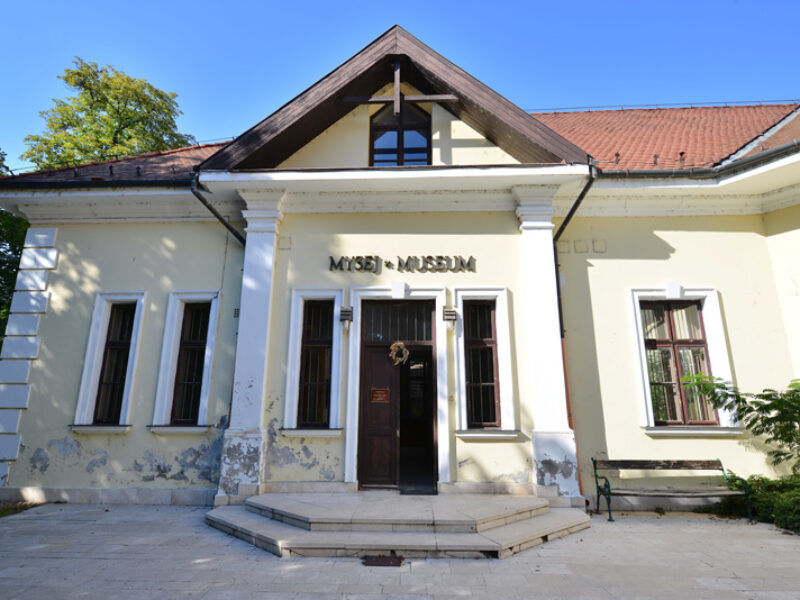The collection, showing Serbian Ecclesiastical relics, icons, works of goldsmiths and of other industrial artists from the 16th and 19th century, is a unique part of Hungary’s art relics. The main body of the museum’s collection was formed by relics of great importance, coming from the treasury of the Serbian Orthodox Diocese of Buda and from Serbian churches in Hungary.
The relics of the exhibition give a clear representation of the changes in the Serbian Ecclesiastical art during the 17th and 18th century. The relics from the 17th century uniquely reflect the characteristics of the Late Byzantine art, while the icons of the 18th century show the complex, interlinked effects coming from east and west.
The effects of the so-called “Italo-Cretan” style and of the expansion of Ecclesiastical painting in Western European Baroque can be observed on many icons within the Post Byzantine form of expression. With the combinations of different trends the works of folk-styled “zográfosz” icon painters are especially popular. Painters working in the second half of the 18th and in the first half of the 19th century had already broken away from the Post Byzantine form of expression but were still guided by the Orthodox liturgy, creating their art under the influence of Western European Baroque and Classicist painting.
The institution had been operating the Library and Archives of the Serbian Orthodox Diocese of Buda for some time; this is why the two Turkish charters form the 16th century (donated to the Serbian monastery of Grábóc and Ráckeve) and some significant, Old Slav incunabula are also part of the exhibition.



